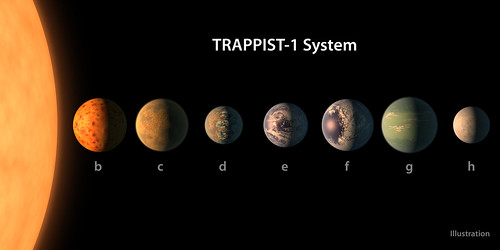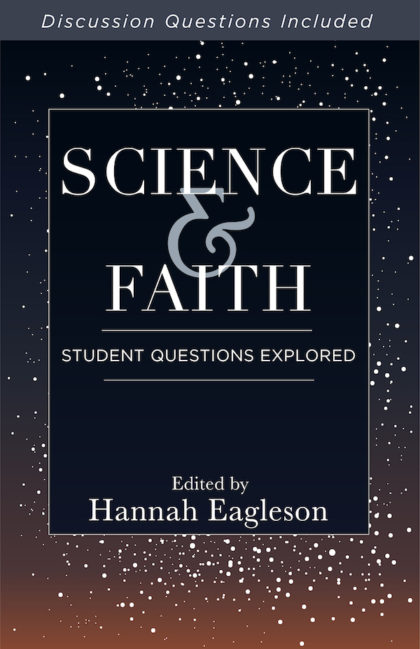
 )
)I finished Vessel by Lisa Nichols in just under 48 hours, partly because it is concise and briskly paced, and partly because the plot was that engaging. I’ll do my best not to give away the twists and turns of the plot, as their discovery is one of the book’s pleasures. The setup is that astronaut Catherine Wells has returned to Earth after a nine year absence, the sole survivor of a interstellar mission written off as a complete loss years earlier. She has no recollection of the critical portions of her journey, and thus cannot explain where her crewmates are, why she was gone for so long, and how she got back. Naturally, more is revealed over the course of the book, and while I enjoyed the steady pulling back of the curtain on the cosmic mystery, some of the very human observations stood out to me the most.
For example, at one point Catherine travels from Houston to Chicago to visit her mother who is in hospice care with an Alzheimer’s diagnosis. Her mother’s dementia resonates thematically with Catherine’s own loss of memory. And in the midst of a plot-heavy sci-fi drama, the relatable humanness of the moment helps to ground the story. While I have no personal experience with Alzheimer’s patients, I have visited elderly relatives in long-term healthcare settings, and the little details of how Catherine’s mother moved and spoke, what her priorities were, and how her family interacted with her all rang very true to me. Your mileage may vary; I may have found it so striking because of how rare that sort of moment is in the sci-fi stories I’ve read. Nichols’ plot did not seem to require this scene, but I’m glad she took the time to add a richness to her story.
Vessel also grabbed me because it felt as though Nichols and I have been reading and hearing about some of the same science. The mysterious mission was to the TRAPPIST-1 system and the planet TRAPPIST-1f, which Jennifer Wiseman spoke about at the BioLogos conference. The system was recently characterized as having up to seven planets potentially inhabitable, more than any other planetary system we’ve analyzed. In the story, there is life on TRAPPIST-1f (this is part of the background of Wells’ mission and not a spoiler) but it is all microbial, as Stephen Freeland suggested was most likely for extraterrestial life in that same BioLogos session. Some of those microbes take the form of lichens, a topic explored in the nonfiction algae book Slime that I reviewed recently. While I doubt Nichols based her story on any of those sources specifically, she and I would seem to have similar tastes and interests in scientific topics.
Interestingly, there is a decent possibility that the planets around TRAPPIST-1 are tidally locked. That means that the same side of the planet always faces the star. For reference, our moon is tidally locked with respect to Earth, which is why we always see the “man in the moon” side regardless of phase or where you are viewing from. If that is true of the TRAPPIST-1 planets, then depending on where you are it is either always day, always night, or always twilight. I’ve previously discussed the chaotic sunrises on Pluto’s moon and wondered what effect that would have on hypothetical native life in terms of language, metaphors and intuitions about the world. The potential eternal day/eternal night conditions on the TRAPPIST-1 planets raise similar questions but suggest different sorts of answers. Vessel does not speculate along those lines, but I imagine there is plenty of story potential there.
Whether or not the science is your cup of tea, underneath the speculative plot is a story about the tolls of a career on personal lives and relationships. The contours of those story elements will likely be familiar. Relationships thrive on shared experience and collaboration; time apart can result in divergent interests, priorities and habits. I doubt many of you are preparing for a multi-year space voyage. Still, as the fall brings the start of a new semester for many, it might be good to have a reminder of what it takes to maintain a relationship, what the cost can be without that maintenance, and the grace necessary to restore what may have been lost.

Are you or someone you know relatively new to the science & faith conversation? Then you or your friend should check out Science & Faith, an exploration of student questions on the topic edited by our very own Hannah Eagleson and featuring contributions from a number of ESN members. It will be published later this fall by Hendrickson, the same fine folks who brought you Faith across the Multiverse.
And if you live in central PA, please consider joining me on Friday, September 13 for a chat about Avengers: Endgame and/or on Saturday, September 28 for TheoCon, a theological pop culture convention at Messiah College.
Andy has worn many hats in his life. He knows this is a dreadfully clichéd notion, but since it is also literally true he uses it anyway. Among his current metaphorical hats: husband of one wife, father of two teenagers, reader of science fiction and science fact, enthusiast of contemporary symphonic music, and chief science officer. Previous metaphorical hats include: comp bio postdoc, molecular biology grad student, InterVarsity chapter president (that one came with a literal hat), music store clerk, house painter, and mosquito trapper. Among his more unique literal hats: British bobby, captain’s hats (of varying levels of authenticity) of several specific vessels, a deerstalker from 221B Baker St, and a railroad engineer’s cap. His monthly Science in Review is drawn from his weekly Science Corner posts — Wednesdays, 8am (Eastern) on the Emerging Scholars Network Blog. His book Faith across the Multiverse is available from Hendrickson.

Leave a Reply